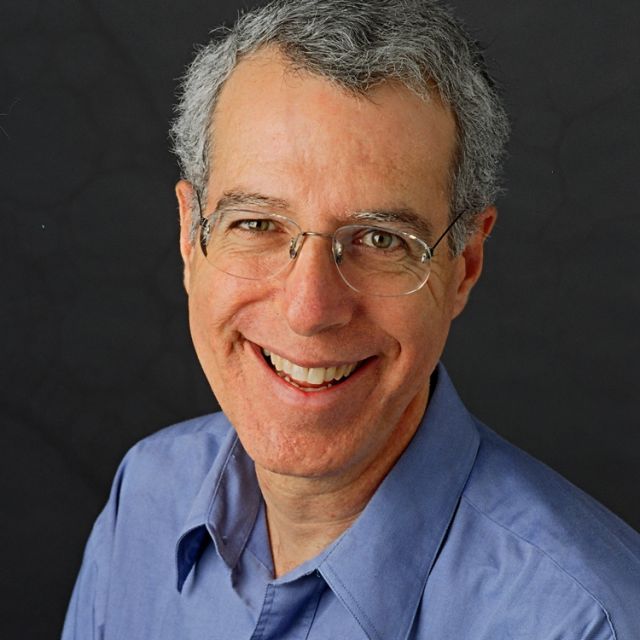The Hospital Care for All report was developed by the Centre for Research on Inner City Health and the Institute for Clinical Evaluative Sciences in partnership with the Hospital Collaborative on Marginalized and Vulnerable Populations. Researchers examined data on all patients admitted between 2008 and 2010 to 20 hospitals in the Toronto Central Local Health Integration Network, which covers the health care services of more than one million people in central Toronto.
The study also found that patients designated as waiting for “alternate level of care,” meaning they occupy a hospital bed but don’t require all the services provided in that setting, were more likely to have low incomes.
Once the attending team has cleared up a medical issue, these patients often have nowhere to go, are on a list for long-term care or are waiting for home care, said Glazier.
Some of the other findings were that patients in the middle-income bracket were admitted the least and more wealthy patients than poor patients had day surgery.
“We found that different hospitals really appear to look after different populations for different reasons,” said Glazier. “And even within different hospitals, there seems to be a lot of variation in terms of who they were looking after.”
The report found hospitals fit into three categories: those that treat the same amount of high-income and low-income patients, such as St. Michael’s, those that treat more low-income patients, such as Toronto East General, and those that treat more high-income patients, such as Sunnybrook.
“This has a lot to do with the historical patterns that the hospitals have had,” said Glazier. “It has to do with what neighbourhood they’re located in, who has traditionally been using the hospitals and where people get referred in from.”
The better hospitals understand their populations, the more they’re able to mobilize, meet their needs appropriately and work with community partners, said Glazier.
“So if people are in hospital beds that they don’t need to be in or coming to emergency when they don’t need to — maybe the hospitals can work with community partners to help resolve those problems before they come to the hospital and help to get people out of the hospital in a different way,” he said.
And as hospital funding formulas change, it may be that hospitals that are looking after more disadvantaged populations can advocate for more resources to address those needs outside of the hospital before the patients come in and after they leave, said Glazier.
Joe Gunn, executive director of Citizens for Public Justice, said he was glad to see the study but wasn’t surprised by its findings.
“It seems to me that the St. Mike’s study is a call to action,” said Gunn.
When you’re sick and vulnerable, it’s a moment of encounter with the divine, he added.
“And we have to make sure that accessibility is available to all and that it’s an inclusive system that covers the needs of those that have those special needs.”
Jack Panozzo, program manager of social justice and advocacy for Catholic Charities of the Archdiocese of Toronto, said people are finally starting to recognize that health and determinants of health have a lot to do with poverty. Panozzo said that when money is tight, eating nutritious foods is usually the area that suffers.
“We tend to put everything in little silos and look at health, housing and poverty as if they’re not connected, but they’re intimately connected,” he said. “And this kind of study helps move that forward.”
To see the report, see www.stmichaelshospital.com.
St. Mike’s study hopes to get better grasp on hospitals’ community
By Vanessa Santilli-Raimondo, The Catholic RegisterTORONTO - More low-income people are using parts of the health care system that are under the most stress, including the emergency departments and mental health services, a recent study from Toronto’s St. Michael’s Hospital has found.
“Mental health is very common in our society and we have very little outpatient care and very little community care relative to what’s actually needed for the population,” said Dr. Rick Glazier, one of the lead authors of the study.
Please support The Catholic Register
Unlike many media companies, The Catholic Register has never charged readers for access to the news and information on our website. We want to keep our award-winning journalism as widely available as possible. But we need your help.
For more than 125 years, The Register has been a trusted source of faith-based journalism. By making even a small donation you help ensure our future as an important voice in the Catholic Church. If you support the mission of Catholic journalism, please donate today. Thank you.
DONATE

